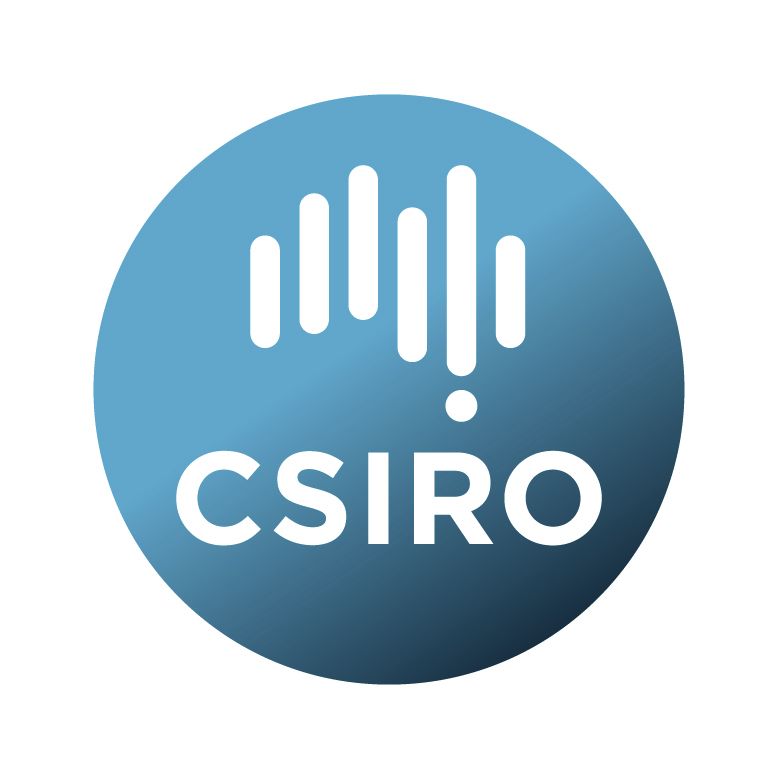Brief description
A series of element maps collected using the Maia 384 detector array on the XFM beamline at the Australian Synchrotron. Maps are RGB composites (indicated by file name) or a combination of black and white intensity with RGB. Lower resolution versions of these files are used in a paper on the application of microanalysis techniques in ore geology and are made available here to allow the full resolution images (1:1 binning of pixels) to be accessed.Lineage: X-ray spectra were collected using the Maia 384 detector on the XFM beamline at the Australian Synchrotron. The spectral data were collected with an incident beam energy of 18.5 keV, a pixel size of 4 µm and dwell times per pixel of 0.97 msec. The Maia XFM full spectral data were analysed using the GeoPIXE software suite which uses a fundamental parameters approach, with spectral deconvolution and imaging using the Dynamic Analysis method based on fitting a representative total spectrum, and a detailed model of Maia detector array efficiency. Spectra are fitted using a X-ray line relative intensities that reflect integration of yields and X-ray self-absorption effects for the given matrix or mineral phase and the contrasting efficiency characteristics across the detector array. The result is a matrix transformation that allows projection of the full-spectral data into element maps in this collection.
Available: 2016-09-02
Data time period: 2012-06-14 to 2014-10-24
Subjects
Earth Sciences |
GeoPIXE |
Geology |
Maia detector |
Resource Geoscience |
Sunrise Dam Gold Mine |
element maps |
User Contributed Tags
Login to tag this record with meaningful keywords to make it easier to discover
Identifiers
- DOI : 10.4225/08/57C8E0EE76B4E

- Handle : 102.100.100/40009

- URL : data.csiro.au/collection/csiro:19330



